| Reviews & Columns |
|
Reviews DVD TV on DVD Blu-ray 4K UHD International DVDs In Theaters Reviews by Studio Video Games Features Collector Series DVDs Easter Egg Database Interviews DVD Talk Radio Feature Articles Columns Anime Talk DVD Savant Horror DVDs The M.O.D. Squad Art House HD Talk Silent DVD
|
DVD Talk Forum |
|
|
| Resources |
|
DVD Price Search Customer Service #'s RCE Info Links |
|
Columns
|
|
|
Here is Always Somewhere Else
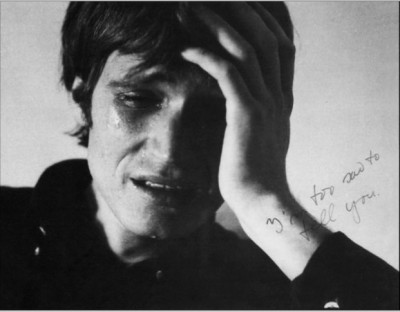
Begun thirty years after Ader's disappearance, Here is Always Somewhere Else considers the life and legacy of the conceptual artist though interviews with his widow and brother, friends and neighbors, artists inspired by his work, and by a sailor that never knew Ader but thinks he understands him better than anyone else. Through these interviews and filmmaker Rene Daalder's narration, the essential biographical details are sketched.
Born in the Netherlands in 1942, Ader was the son of a Calvinist minister executed by the Nazis for harboring Jewish refugees. Ader disappointed his mother and community by not becoming a minister, choosing instead to emigrate to California in 1963 to pursue art. In California, he married and settled into a middle-class existence of teaching and mortgage payments.
Ader created seven short 16mm films totaling 41 minutes, the best known of which, I'm Too Sad to Tell You, features nothing but Ader in tight frame, enigmatically weeping. Most of the rest are of Ader falling - from a rooftop, from a tree, into a canal, or simply over. Other performance art pieces by Ader not caught on film included such curios as reading aloud a Reader's Digest article about a boy who plunged over Niagara Falls to his death, accompanied by choreographed pauses to drink water from a glass, precisely repeated once a day for a week. Another performance piece Ader had in mind was to shoot himself in the leg, but he abandoned the project as passe when another artist shot himself in the arm.
Ader's work garnered very little popular or critical acclaim at the time, but seems to have grown in stature in recent years. In addition to a number of exhibitions, several contemporary conceptual artists claim inspiration from his work, especially his falling down and/or over. Snippets from some of these films, along with Ader's own films are excerpted liberally throughout Here is Always Somewhere Else.
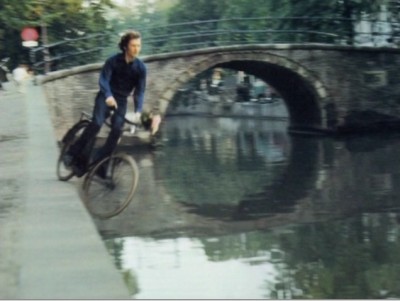 | 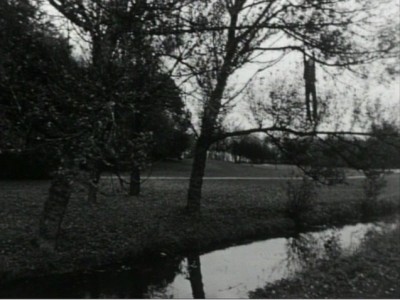 |
Ader left no writings to explain his motivation to attempt to cross the Atlantic in a 13-foot boat, and nobody that knew him seems to really know why he attempted it either. There's some second-hand gossip that Ader spoke of staging his own disappearance as a stunt, though the wife he left behind doesn't think this was his plan. For his part, Daalder notes Ader's awareness of the disappearance and presumed suicide at sea of Donald Crowhurst, an amateur sailor who for several weeks faked his progress in an around-the-world yacht race while actually loitering about in the south Atlantic before apparently jumping overboard.
Daalder further pads the runtime to 67 minutes by delving into how he personally fled Holland for California after directing the most-expensive flop in the history of Dutch cinema, 1969's The White Slave. Daalder goes on to show clips from his teen-exploitation cheapie Massacre at Central High (1976), though he stops short of adding clips from the three Z-grade sci-fi flicks he's directed in the thirty years between Massacre at Central High and Here is Always Somewhere Else.
Presentation
Here is Always Somewhere Else is presented on a two-disc set from the micro-label Cult Epics.
Video:
The original 1.33:1 aspect ratio is retained. The film incorporates archival 16mm that shows its age with new DV that suffers aliasing, color problems, and a lack of fine detail.
Audio:
Though dialogue is always understandable, background noise is frequently high on the 2.0 DD mix. Forced subtitles are provided for the Dutch dialogue, but no other subtitle options are provided.
Extras:
The extras include a three-page insert from filmmaker Rene Daalader explaining his motivation to make this film; Q&A from the Hollywood premiere at the Egyptian Theater featuring Daalader and Ader's widow (23 min.); coverage of the Gravity Art exhibit curated by Daalder and dedicated to Ader (1:37); theatrical trailer (1:24); and, on the second disc, the collected films of Bas Jan Ader: Fall 1, Fall 2, I'm Too Sad to Tell You, Broken Fall (Geometric), Broken Fall, Nightfall, and Primary Time.
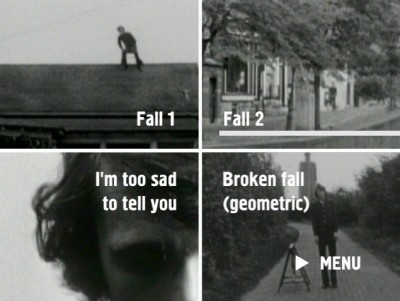 | 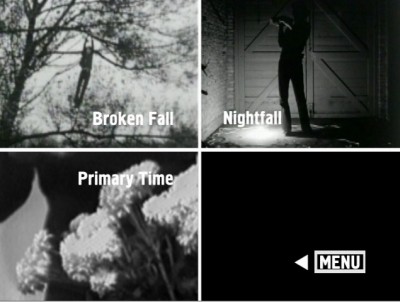 |
Final Thoughts:
The advice provided by Bas Jan Ader's widow to Rene Daalder was that he should interview everybody that knew Ader, then dig deeper because he wouldn't get too much from that. She's right. From the interviews that Daalder musters it seems few people knew Ader, and fewer remember him. Unfortunately, it seems Daalder's digging didn't unearth much either.
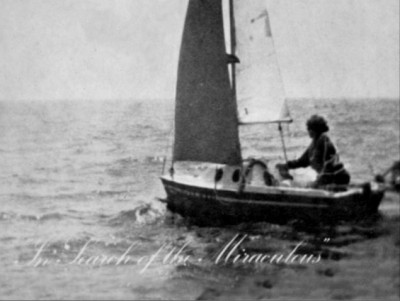 | 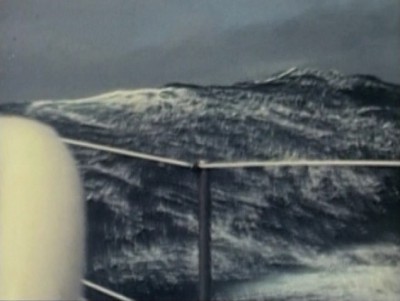 |
|
| Popular Reviews |
| Sponsored Links |
|
|
| Sponsored Links |
|
|
| Release List | Reviews | Shop | Newsletter | Forum | DVD Giveaways | Blu-Ray | Advertise |
|
Copyright 2024 DVDTalk.com All Rights Reserved. Legal Info, Privacy Policy, Terms of Use,
Manage Preferences,
Your Privacy Choices | |||||||













